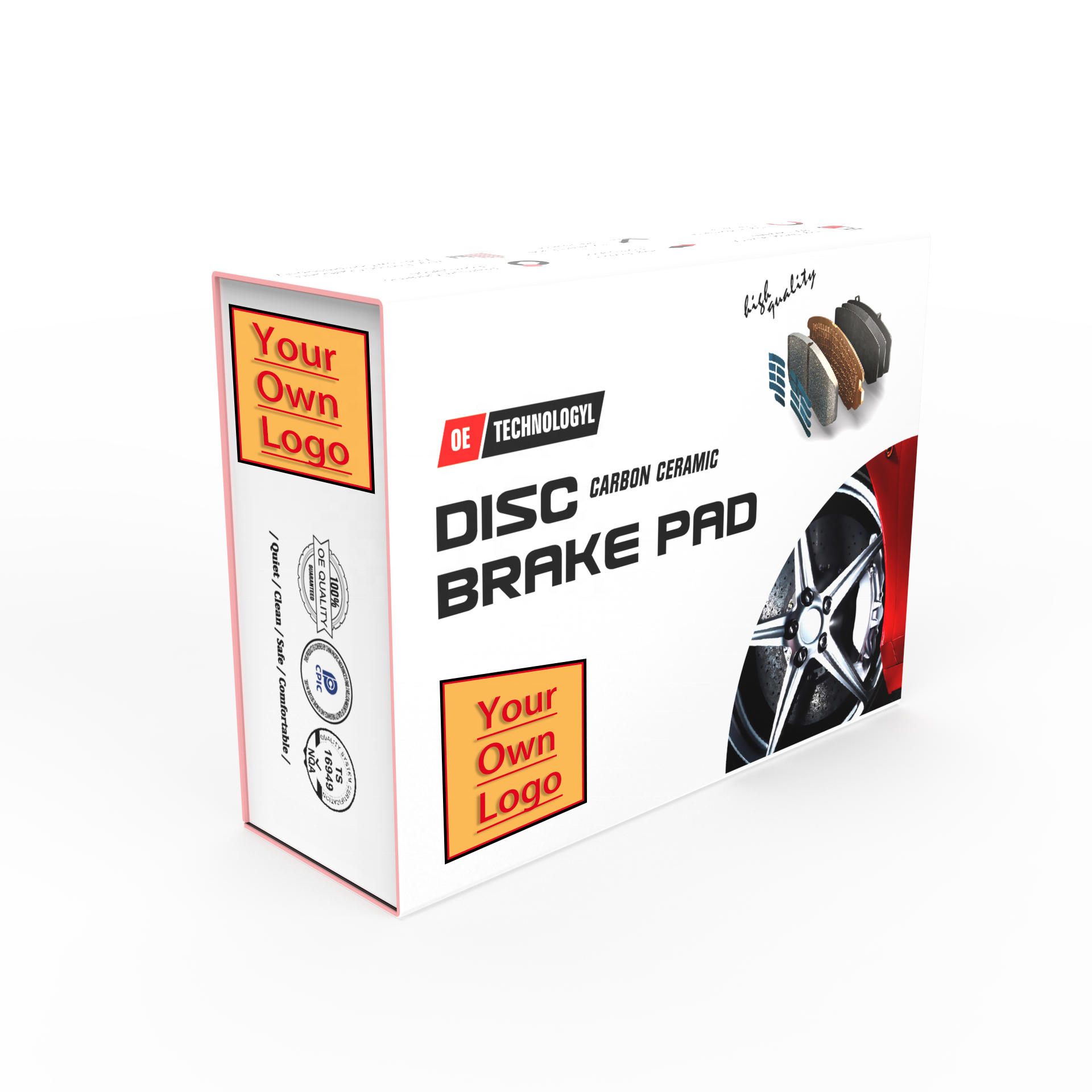brakes and calipers
Brakes and calipers represent essential components of modern vehicle safety systems, working in harmony to provide reliable stopping power and precise control. The brake system consists of multiple interconnected parts, with calipers serving as the crucial mechanism that applies pressure to the brake rotors. When the driver engages the brake pedal, hydraulic pressure activates the calipers, which then squeeze the brake pads against the rotating disc. This friction generates the necessary force to slow or stop the vehicle. Modern brake calipers feature advanced materials like high-strength aluminum alloys, offering improved heat dissipation and reduced weight. The technology incorporates floating or fixed designs, with floating calipers being more common in passenger vehicles due to their cost-effectiveness and self-centering capabilities. Fixed calipers, often found in high-performance applications, provide more consistent pressure distribution and superior braking performance. These systems are equipped with precision-engineered pistons and seals that ensure smooth operation and prevent fluid leakage. The integration of electronic sensors enables features like ABS (Anti-lock Braking System) and traction control, enhancing overall vehicle safety.


